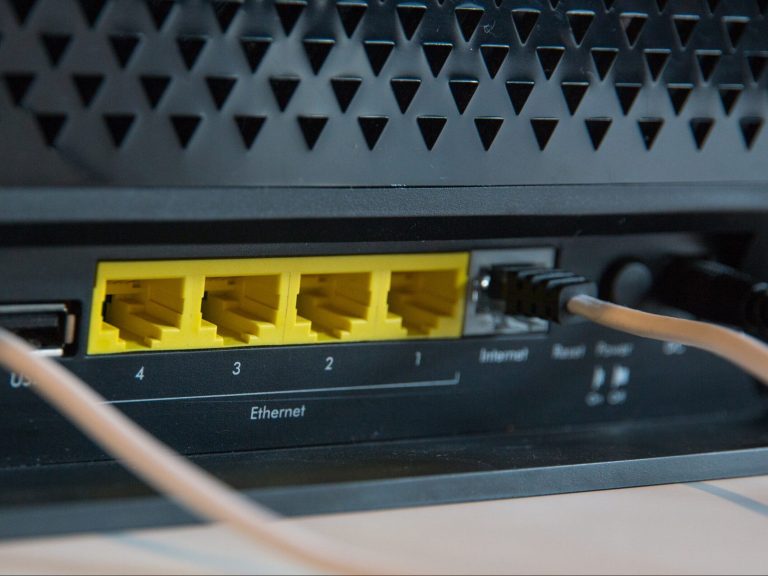A new era of Samsung AI TVs

Artificial intelligence technologies are becoming even more common and are an increasingly important element of modern innovations – also in the TV segment. The determinant of a new era of AI in this category are the latest Neo QLED TVs, representing the third generation of AI solutions from Samsung.
Artificial intelligence is nothing new for Samsung – its history of investing in research and development of AI technology goes back over a decade. Samsung introduces intelligent solutions to its products and services, believing that more features based on artificial intelligence will help people live easier in better conditions and derive richer and more satisfying experiences using the latest technological achievements.
Investments in new technologies
In 2022, the company announced its intention to invest more than $350 billion in new technologies, including semiconductors, artificial intelligence and biotechnology. In turn, in 2023, it announced the creation of its own generative artificial intelligence platform called Samsung Gauss, consisting of three models: Samsung Gauss Language, Samsung Gauss Code and Samsung Gauss Image.
Samsung also continues to expand and support AI creators and innovators through initiatives such as the C-Lab Outside startup accelerator program and the Samsung Advanced Institute of Technology R&D hub.
The progress Samsung has made in the field of AI technology is well illustrated by the development of processors powering its TVs. Suffice it to mention that devices belonging to the first generation of Samsung TVs with AI capabilities – the Excellence Line series – had Neural Quantum systems using 20 neural networks. In the second generation of processors, NQ4 AI Gen2, used in the Neo QLED QN900C and QN800C TVs, the number of networks used increased to 64.
The latest generation
The current, latest generation of processors – Neural Quantum 8K Gen3 – already supports 512 such networks (these systems are used in the Samsung Neo QLED QN900D 2024 TV). The NQ8 AI Gen3 processor has 25 times the neural network capacity of its predecessor and features excellent performance, with NPU and GPU speeds two and 2.2 times faster, respectively, and CPU performance 30 percent faster. faster.
The performance of the system determines the unique parameters and capabilities of the Neo QLED Excelence Line 8K QN900D TV, enabling optimal image scaling and sound enrichment, thanks to which you can see – and hear – more details on the screen than ever before in the speakers. 4K AI Upscaling technology, powered by neural networks and supported by artificial intelligence, transforms content to a resolution close to 4K also on Neo QLED and QLED TVs.
AI in TVs – benefits for the user
The development of video technology is accompanied by a trend of increasing screen diagonals. We want to see more and better on our TVs, as evidenced by the growing popularity of devices with screen diagonals of 65 inches or 75 inches and larger.
The problem is that video content in SD or HD quality that was created in the 1970s or 1990s and later loses quality when displayed on large screens, so to look good it is necessary to use appropriate upscaling technologies that improve image quality. so that it is the best and most pleasing to the eye. The solution is to use machine learning, algorithms based on it and artificial intelligence.
For example, the AI algorithms in the QN900D(1) can upscale SD, HD and 4K content to 8K resolution, sharpening the image and ensuring that the full potential of the processor, resolution and algorithms is used. an increase in image detail compared to the same content played on a 4K TV. Moreover, the improved image not only exceeds the detail and clarity of 4K content on a TV with this resolution, but also exactly matches content with native 8K resolution, reaching up to 90% according to internal data. (2) its quality.
AI not only provides a better TV viewing experience, but also a number of additional benefits related to the overall TV experience. Thanks to the Adaptive Picture function in the Neo QLED QN900D model, the image can be automatically adjusted to the ambient conditions, e.g. when the room is too bright.
The AI Pro Motion Smoother function eliminates typical problems related to watching any content with a dynamically changing image, for example sports events – it automatically detects the discipline and, based on deep learning algorithms, activates the appropriate model for detecting moving objects.
With improved deep learning, Image Depth Enhancement Pro adds detail to fast motion images by using artificial intelligence to precisely control mini LEDs. By detecting the part of the scene where the eye would naturally focus, it adds realism and three-dimensionality to images.
The new feature is Automatic HDR Remastering, a deep learning-based artificial intelligence technology that analyzes the difference between SDR and HDR content to enhance the contrast, colors and brightness of SDR content to HDR levels. Users of the Excellence Line QN900D and QN800D and Neo QLED QN95D, QN90D, QN87D and QN85D TVs will be able to enjoy all movies and games with HDR resolution, with sharp contrasts and rich colors.
Samsung also remembers about players. AI Automatic Game Mode – this technology intelligently recognizes the type of game being watched and optimizes the image and sound quality. Due to reduced input lag, this also ensures better expression of movement while playing.
And Adaptive Sound Pro(3) optimizes sound based on room characteristics and the content of the audio track, enabling cleaner and clearer sound.
New in Samsung TVs for 2024 is the AI Customization Mode(4), which automatically detects the type of content displayed (e.g. sports, movies, general) and adjusts the image settings to the viewer's individual preferences.
AI Energy Mode is used on a large range of Samsung TVs from the QN900D to DU7000D. Thanks to this, they can intelligently save energy by analyzing the user's surroundings. The ambient brightness adaptation function in AI Energy Mode automatically adjusts the screen brightness, ensuring an optimal viewing experience in all lighting conditions. It also adapts to content by analyzing what the user is seeing and selectively lowers brightness in key parts of the scene to increase the depth and expressiveness of blacks. It also saves energy in other devices(5) as users can track energy usage in the SmartThings app.
Bibliography:
(1) 8K Pro AI Upscaling available on QN900D. On other models – 8K AI upscaling.
(2) “90 percent.” is survey participants' reported average perceived image clarity and detail compared to native 8K content shown as a reference.
(3) On Q70D and newer models.
(4) Available from May 2024. Some streaming and VOD services may have limited use of this feature (according to their policies).
(5) Energy savings may vary by region, model, size, viewing conditions or content type. Applies to 2023 models (CU700 or higher) and lifestyle TV (L503C). Please note that AI Energy does not support Game, Smart, Art, Image Sharing, Ambient or Shop Modes. In environments where ambient lighting exceeds 80 lux, some aspects of the AI power saving feature may not function, resulting in reduced energy savings. The TV's default setting is Eco Mode, which already includes some energy saving features such as adaptive brightness, so the energy saving level will be lower compared to the change in energy saving level when switching the device from Standard Mode to Eco Mode.






